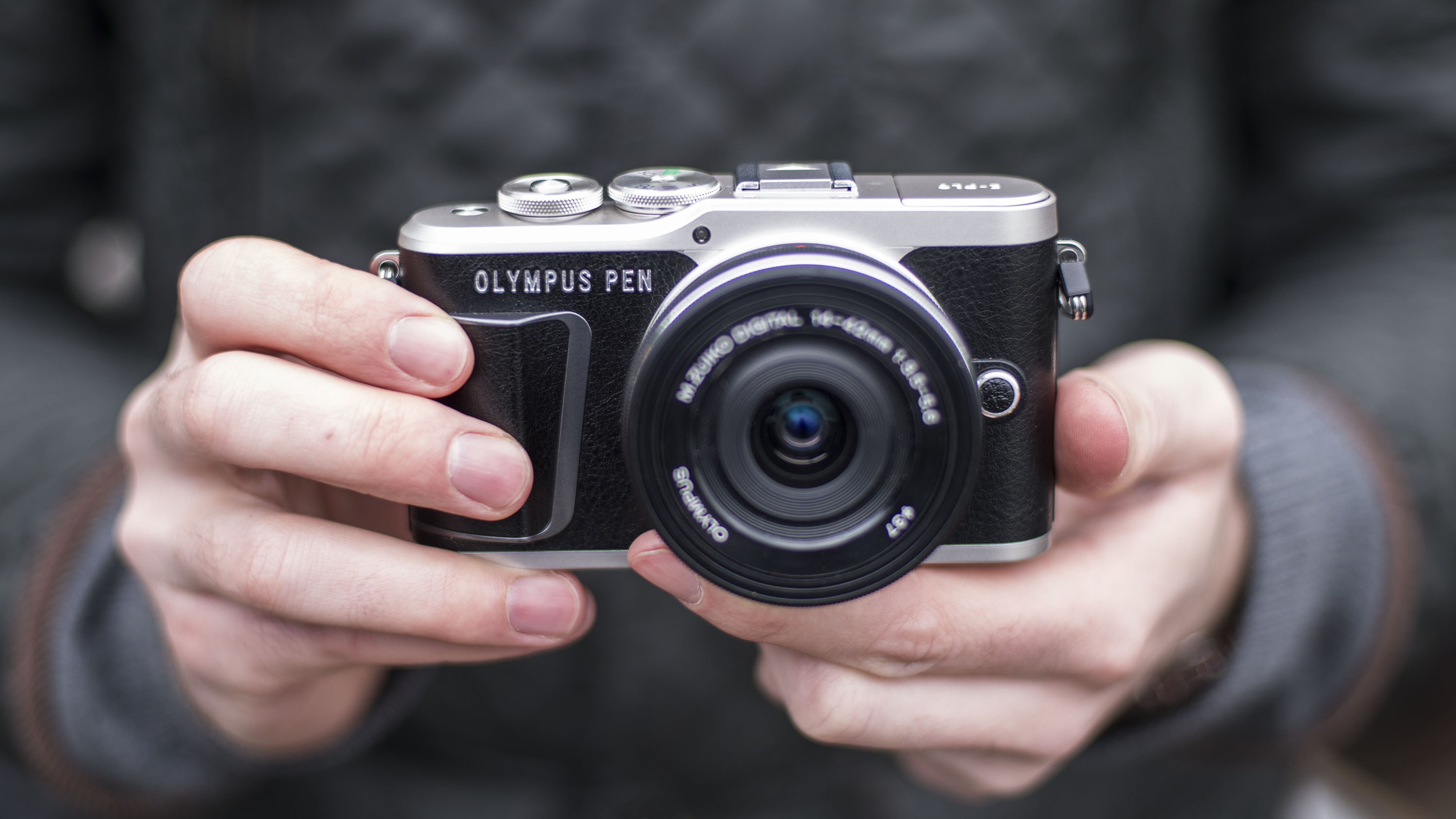Why you can trust TechRadar
Build and handling
- Handy Bluetooth, Wi-Fi and OI.Share app
- Well thought out exterior controls
- Advanced/expert features easy to access
The E-PL9 is designed to make the transition from a smartphone as painless as possible and it succeeds remarkably well. The screen is smaller than a smartphone’s but responds in a similar way, though if you want to share your images directly you will need to go through the slightly tricky process of making a Bluetooth and then a Wi-Fi connection. Once you’ve got the hang of that, however, it’s pretty much plain sailing.
The free OI.Share app is rather good. You can use it as a camera remote control, to import, edit and share photos and even geotag them with the phone’s location. There’s a handy Camera How To section with instructional videos and other help.
Transferring and sharing images isn’t completely painless, since many actions require a Wi-Fi connection rather than Bluetooth, so if you use an Apple device you will have to manually select the camera’s Wi-Fi network each time, but that’s a feature of Apple’s operating system and it’s the same for all Wi-Fi enabled cameras, not just the E-PL9.
All this might make it sound as if the E-PL9 is just for Instagramers and bloggers, but this camera’s ‘serious’ controls are never far away, thanks to its big, clear mode dial, quick on-screen settings options activated by the OK button on the back and buttons for focus area selection, EV compensation, flash mode and drive mode. There’s not a lot of spare space for external controls but Olympus has made the best use of it while still keeping the buttons obvious and the labels clear. A couple of buttons on the top feel a little cramped, but overall the controls feel well-designed and well made.
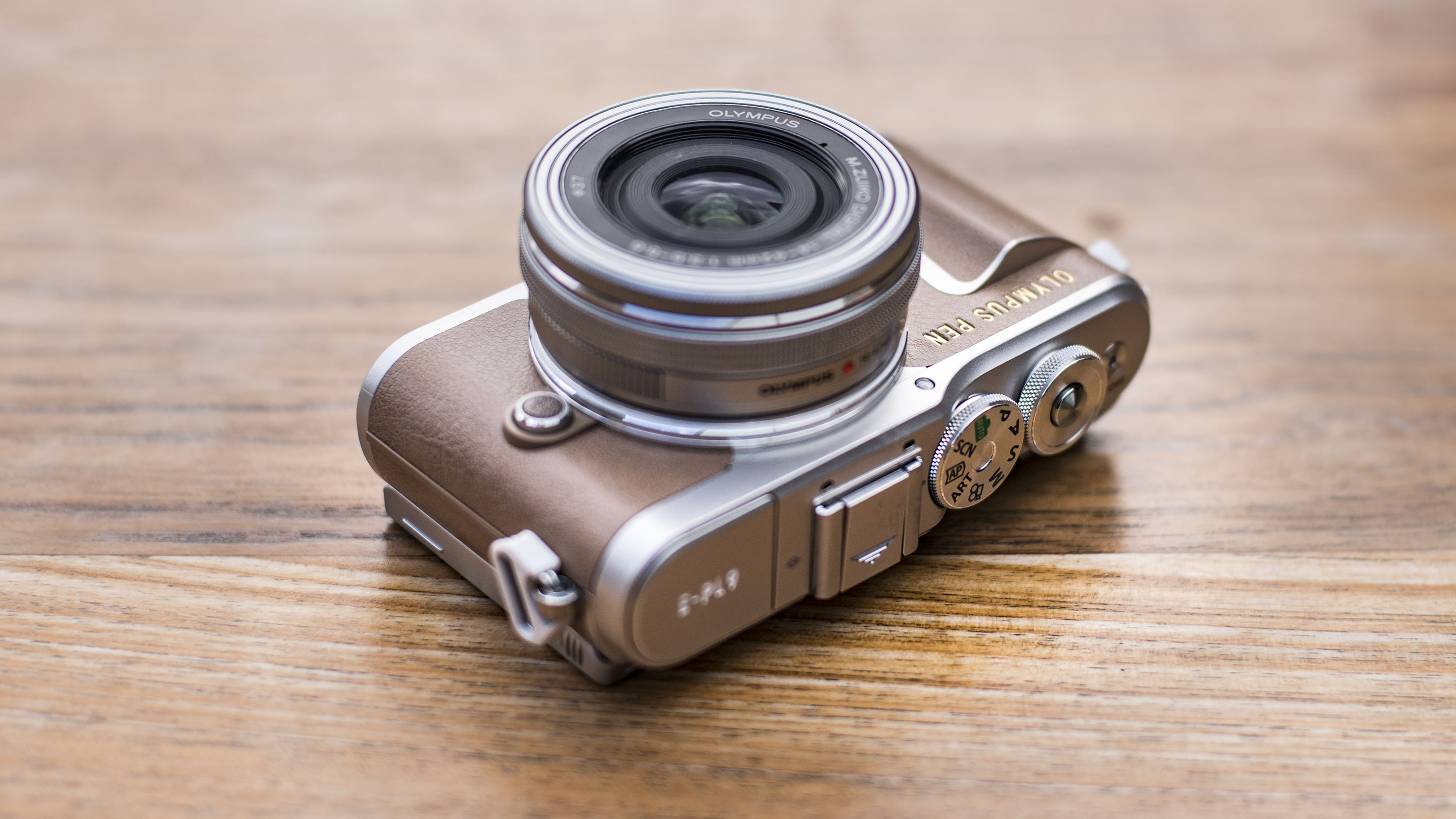


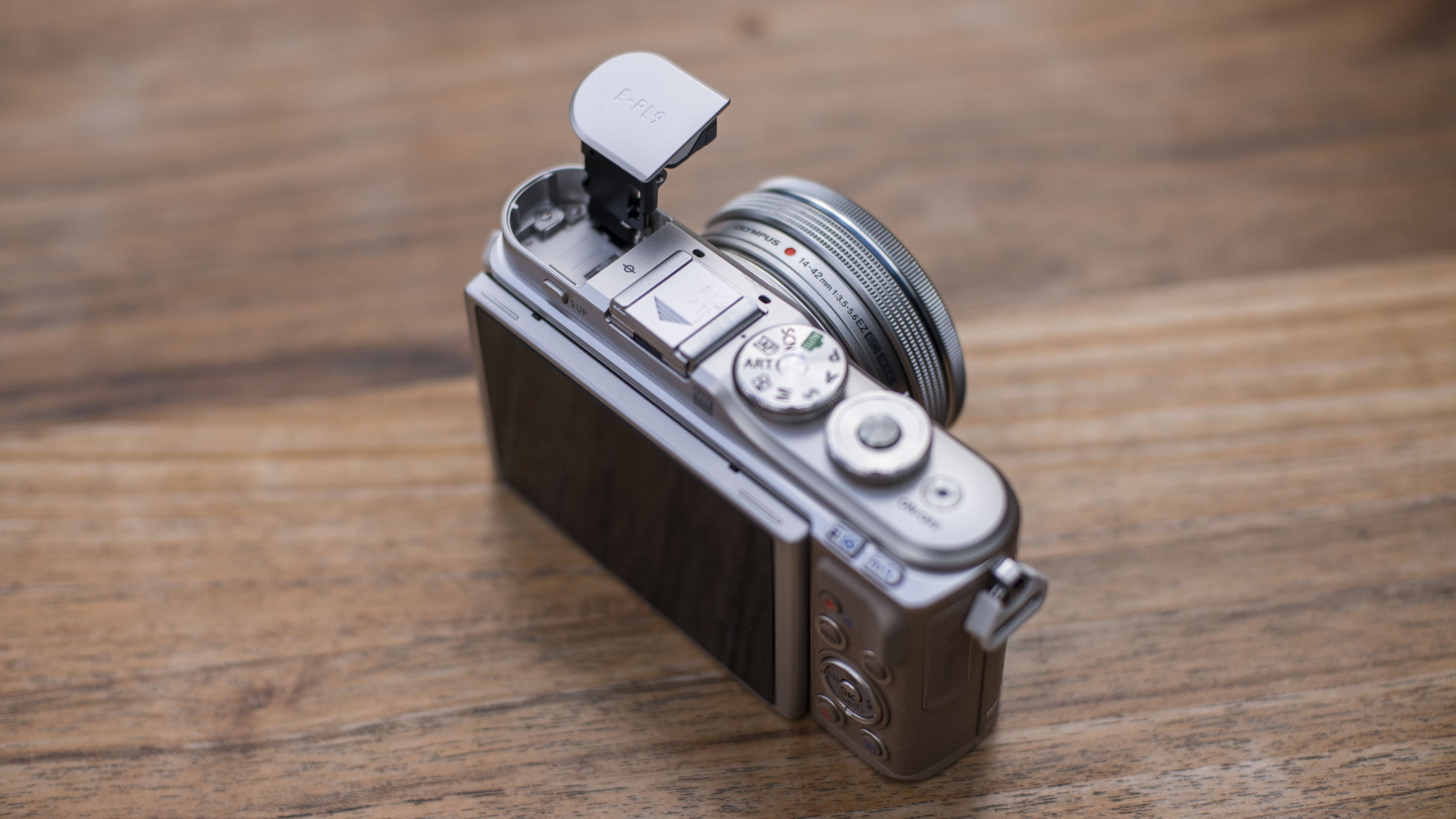
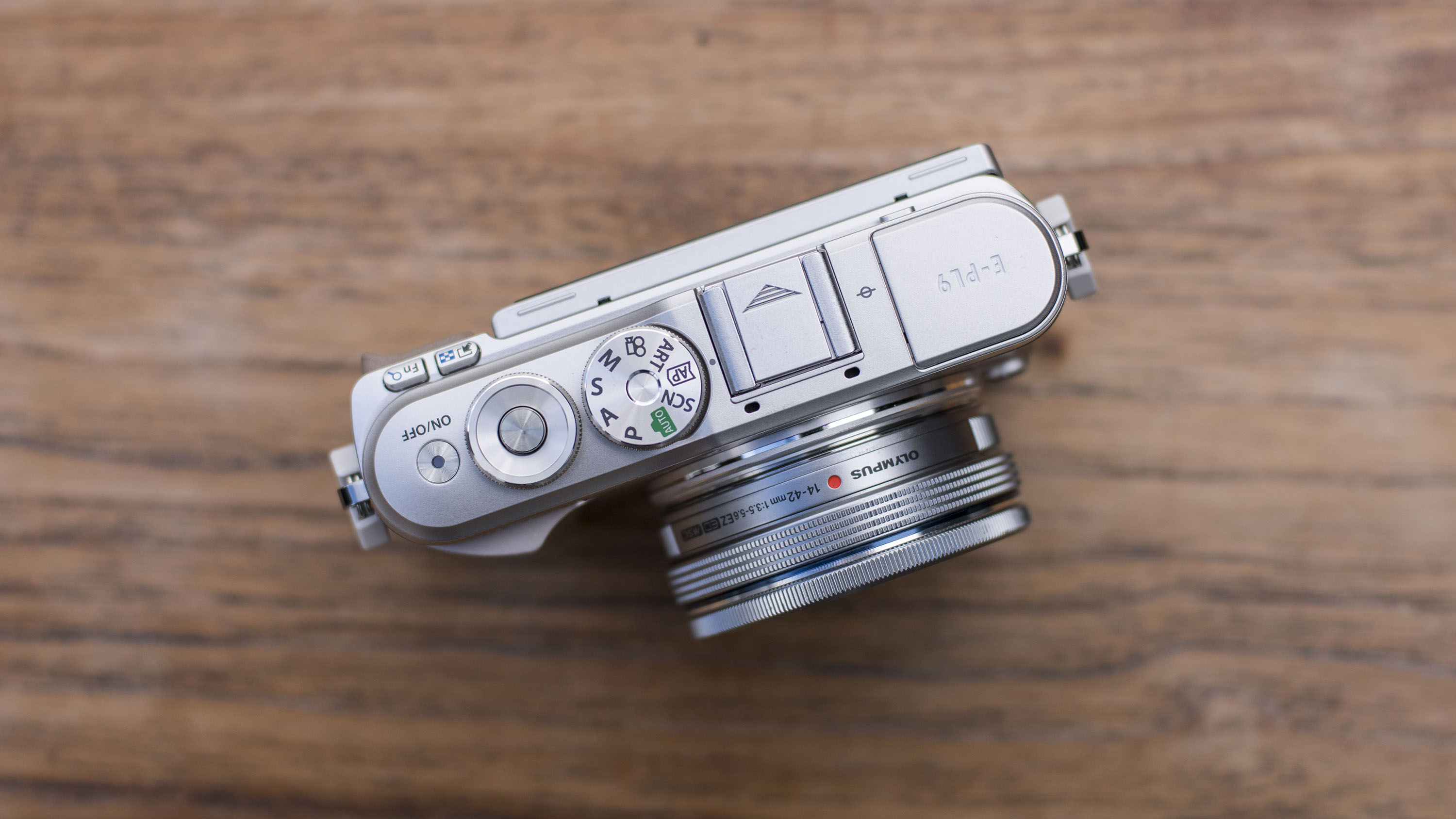
The touchscreen interface is very responsive, though a couple of the tap icons are quite small so you’ll need a good aim and a reasonably pointy finger to hit them reliably. It’s also a little too easy to activate options unintentionally – a potential pitfall with all touchscreens. We spent several minutes wandering about with the 2x digital zoom activated without realising it – and wondering why the 14-42mm EZ kit lens didn’t seem as ‘wide’ as we remembered it.
Actually, this lens is one of Olympus’s secret weapons. It gives you a very serviceable 28-84mm equivalent zoom range, but when it’s powered down it’s no bigger than a pancake prime lens, so the camera can easily pack away into a bag. The zoom action is electric rather than mechanical, so slightly slower to use as a result, but it focuses quickly and quietly, which is just what you need for grab shots and video.


Autofocus
- Contrast AF only but still very fast
- 121 AF points covering large area
- Smooth and silent continuous AF while filming
While most mirrorless camera makers have swapped to hybrid on-sensor phase detection autofocus systems for faster focusing speeds (Olympus too, on more advanced models), the E-PL9 uses a theoretically slower contrast autofocus system. We say ‘theoretically’ slower, because on this camera the static autofocus speeds are very fast indeed.
This may be helped by the smaller Micro Four Thirds sensor, which is about half the area of the APS-C sensors used in some rival cameras. Panasonic also uses the smaller Micro Four Thirds sensor and has its own highly effective contrast based autofocus system.
You have a choice of automatic area AF selection where you let the camera decide what to focus on, single point AF where you tap on the screen to set the focus point position, and a 9-point ‘zone’ mode where you select a larger area and the camera picks the focus target within that. It’s all very simple and straightforward.
Current page: Build, handling and AF
Prev Page Introduction and key features Next Page Performance and image quality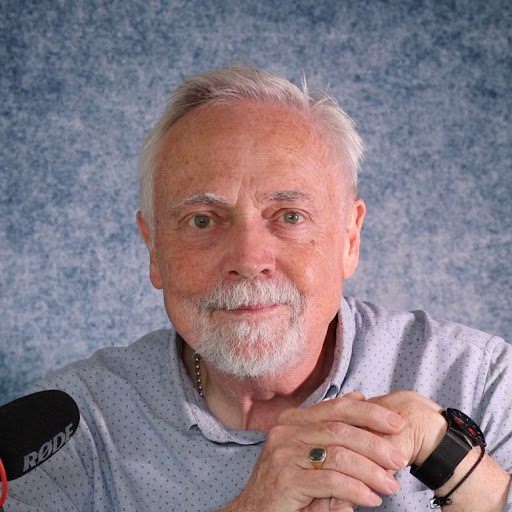
Rod is an independent photographer and photography journalist with more than 30 years' experience. He's previously worked as Head of Testing for Future’s photography magazines, including Digital Camera, N-Photo, PhotoPlus, Professional Photography, Photography Week and Practical Photoshop, and as Reviews Editor on Digital Camera World.
